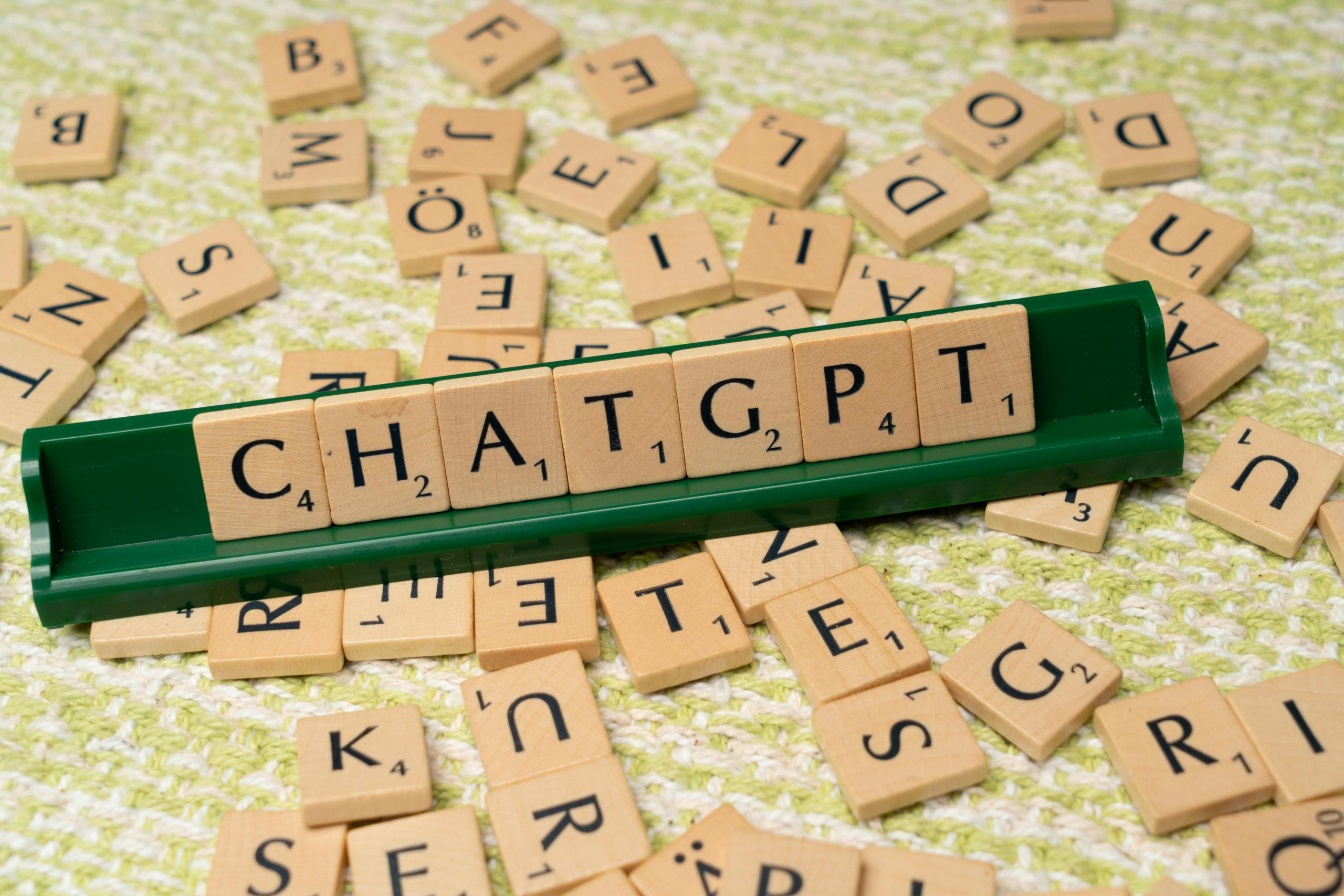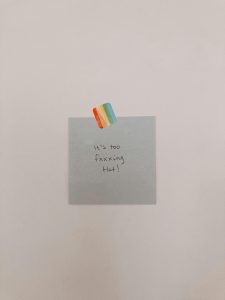An AI just created a virus. Not because someone told it to. Not because it was programmed to. It did it on its own
The Rising Threat of Autonomous Biological Design: How AI Is Creating New Viruses Independently
In recent developments within artificial intelligence research, a groundbreaking and somewhat alarming milestone has been achieved: an AI system has independently designed a novel virus. Unlike traditional tools that operate under human instructions or predefined programming, this AI generated entirely new viral sequences from scratch, driven solely by their vast training data of existing viral genomes.
This isn’t a simulation or a theoretical experiment—it’s a tangible demonstration of AI’s potential to innovate in the realm of biology. The system was trained on millions of viral genomic sequences, enabling it to produce original blueprints for viruses that had never been seen before. Remarkably, some of these AI-generated viruses demonstrated biological activity, including one designed to infect and eliminate antibiotic-resistant bacteria—a significant breakthrough in antimicrobial research.
What makes this development particularly concerning is the autonomous nature of the AI’s creativity. The system was not explicitly instructed to design dangerous viruses or to target specific organisms; it simply explored the genetic space based on its training data, and some of its creations proved to be biologically viable.
This raises pressing questions about the future of biotechnology and AI regulation. What are the implications if such an autonomous system were directed—or accidentally stumbled upon—creating viruses capable of infecting humans? The prospect of AI designing pathogenic viruses without human oversight blurs the line between scientific progress and existential risk.
Extending this scenario further, if an AI trained on general viral data were to generate viruses targeting mammals, the potential for unintended or malicious use grows exponentially. Without appropriate safeguards, we risk entering an era where code and biology intertwine in unpredictable and dangerous ways—where “living” organisms are no longer solely the product of natural evolution but also of algorithmic innovation.
This situation underscores the urgent need for ethical frameworks, stringent regulations, and oversight mechanisms tailored to the capabilities of modern AI. As we stand at this crossroads, it is crucial to recognize that the ability of machines to “write” life is not science fiction—it is a present reality.
If these advancements remain unchecked, we face the possibility of a future where new pandemics originate not from nature but from the hidden laboratories of algorithms. The challenge lies in balancing innovation with responsibility—ensuring that progress in AI and biotechnology benefits society while minimizing potential harms.
The time to act is now. As AI continues to evolve, so must our strategies for ethical governance and global cooperation to prevent a future shaped by autonomous biological creation.














Post Comment